Artist Ownership of Works
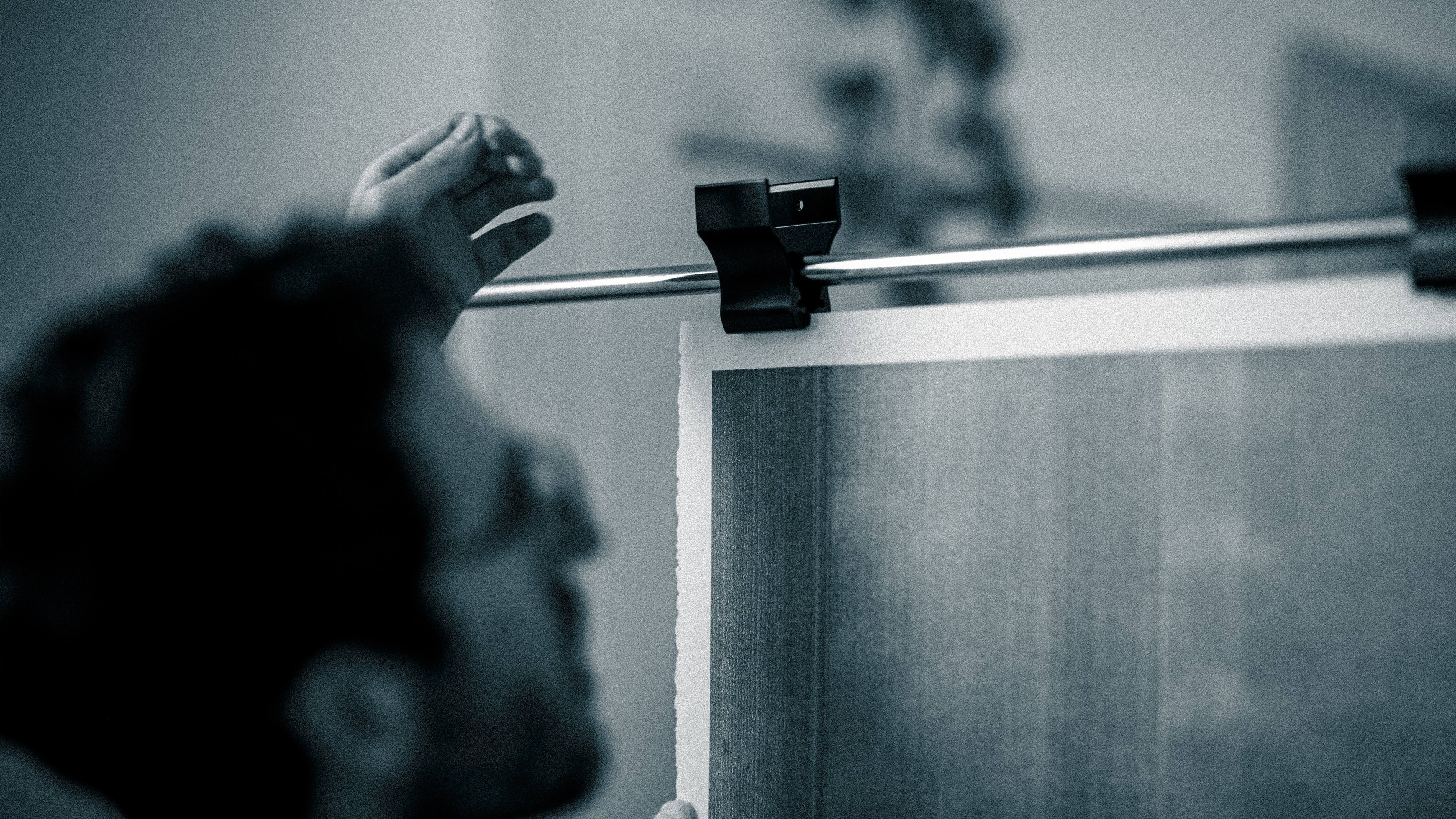
There is an ongoing conversation about the artist's ownership of their work, particularly within the NFT space. What exactly does the artist own, how are they allowed to enforce their ownership, and what constitutes fair use of their work? My own work has been the subject of this conversation recently, and so I want to present my thoughts.
By the way, I'm writing this from a US perspective. I live in the United States, and many of the platforms I interact with are based in the United States, so that’s most applicable to me.
Copyright
Copyright is what grants control over the artist's work to the artist, for a period of time. Why is that control necessary? Let's consider what might happen without it.
Suppose an artist labors for three years to create a painting. It’s their finest work, and the culmination of a lifetime of refinement. The painting is shown to the world, and the response is enthusiastic. Two days later, Amazon rolls out its own line of prints and posters replicating the artwork. The next day, Wells Fargo runs a series of ads with the artwork used as a backdrop for their messaging. Neither of these companies consulted the artist, and neither of them paid the artist.
The original painting was not stolen from the artist. Instead, the artist was deprived of something else. They were deprived of the choice of what to do with their work. The artist did not get to choose where their work was shown, or where it was sold, or how it was used, much less who profited. This situation is not fair for the artist.
Copyright is what protects the artist’s right to choose what to do with the art. It allows the artist to defend their work when others don’t respect that choice.
Consider another scenario: an up-and-coming NFT artist puts out a series of new digital works as NFTs on Tezos with minor success. A week later, they discover that somebody else has run their work through a black and white filter, created a set of Ethereum NFTs with the results, and has sold them for a considerable amount of money. This is unfair to the original artist. Copyright is one of the very few tools that artist has at their disposal in this situation. They could file a DMCA complaint against the offending project or sue based on copyright claims. Those are the basic mechanisms for how an artist protects their work through copyright.
Now, does copyright have flaws? Most certainly. It can be abused. And, in my opinion, the current duration of copyright in the US is far too long - I would love to see it shortened dramatically. However, I believe the basic premise is sound and fair, and that it provides important protection for artists.
Fair Use
“Fair use” is a protection against copyright claims. There are certain ways to make use of copyrighted material that are protected by law. Deciding what is fair use is the most nuanced aspect of copyright, and each case may need special consideration. I’d like to get into some details and examples.
First, let’s look at a definition of fair use. Section 107 of the US Copyright Act calls for consideration of four factors when determining fair use (taken from copyright.gov):
1. Purpose and character of the use, including whether the use is of a commercial nature or is for nonprofit educational purposes: Courts look at how the party claiming fair use is using the copyrighted work, and are more likely to find that nonprofit educational and noncommercial uses are fair. This does not mean, however, that all nonprofit education and noncommercial uses are fair and all commercial uses are not fair; instead, courts will balance the purpose and character of the use against the other factors below. Additionally, “transformative” uses are more likely to be considered fair. Transformative uses are those that add something new, with a further purpose or different character, and do not substitute for the original use of the work.
2. Nature of the copyrighted work: This factor analyzes the degree to which the work that was used relates to copyright’s purpose of encouraging creative expression. Thus, using a more creative or imaginative work (such as a novel, movie, or song) is less likely to support a claim of a fair use than using a factual work (such as a technical article or news item). In addition, use of an unpublished work is less likely to be considered fair.
3. Amount and substantiality of the portion used in relation to the copyrighted work as a whole: Under this factor, courts look at both the quantity and quality of the copyrighted material that was used. If the use includes a large portion of the copyrighted work, fair use is less likely to be found; if the use employs only a small amount of copyrighted material, fair use is more likely. That said, some courts have found use of an entire work to be fair under certain circumstances. And in other contexts, using even a small amount of a copyrighted work was determined not to be fair because the selection was an important part—or the “heart”—of the work.
4. Effect of the use upon the potential market for or value of the copyrighted work: Here, courts review whether, and to what extent, the unlicensed use harms the existing or future market for the copyright owner’s original work. In assessing this factor, courts consider whether the use is hurting the current market for the original work (for example, by displacing sales of the original) and/or whether the use could cause substantial harm if it were to become widespread.
Although these four points are set up as legal considerations, I also find them to be ethically sound and relatively easy to understand. They are helpful when examining specific cases, and I will use them when discussing some examples below.
Examples for Consideration
I’m going to use some real examples related to Fidenza to illustrate how I think about fair use in the context of my artwork. All of these examples have either been sold or were listed for sale in an NFT marketplace by somebody else. In other words, all of these were commercial usages of the art.
First, let's start with the simplest case: an exact replica.
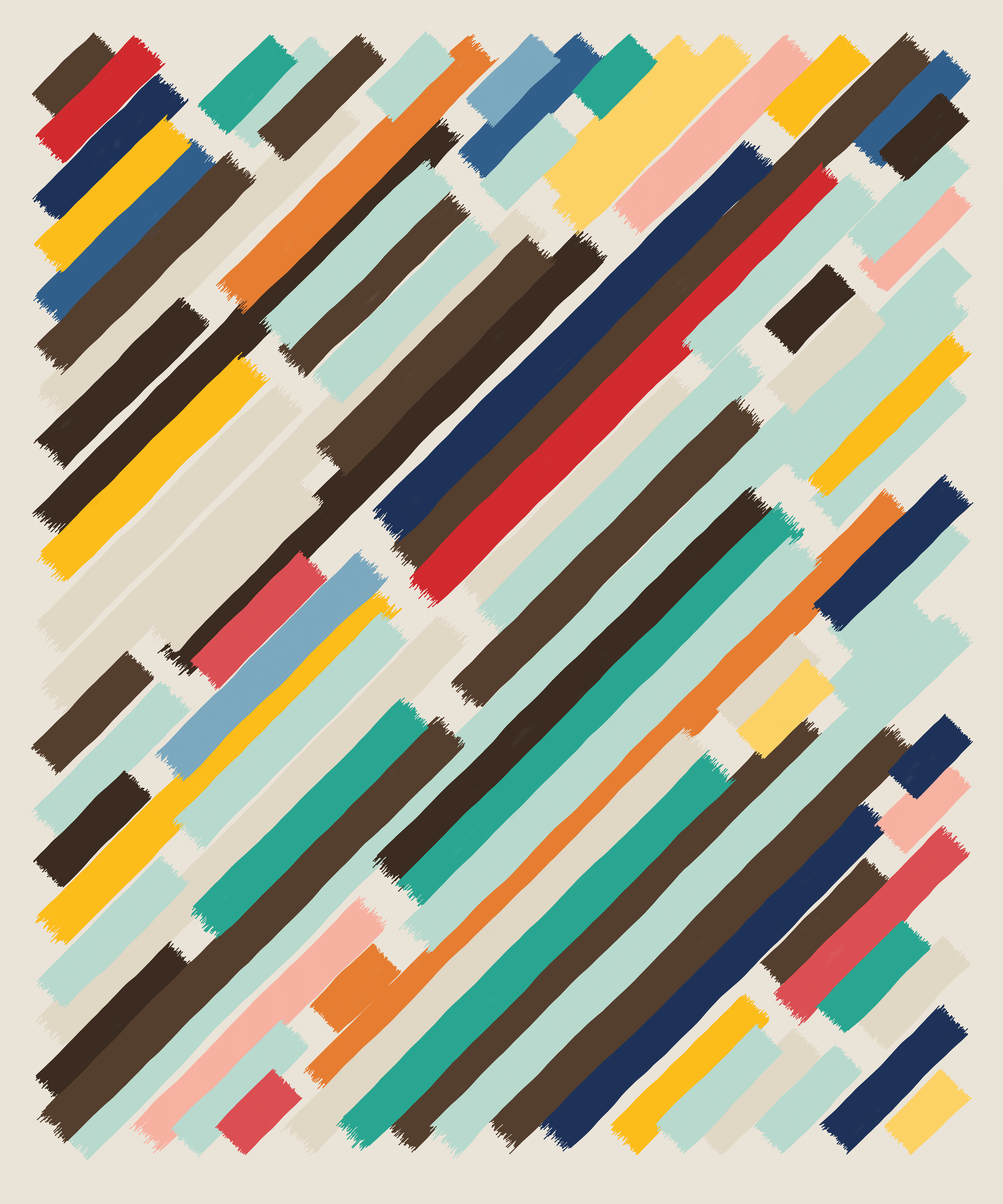
Fidenza #420

Fidenza #420
Hopefully this is obvious, but using the work in its original form doesn't count as fair use. (Again, we're talking about a commercial sale here, not using the image for education, or a reference, etc.)
Next, how about if the image is flipped:

Fidenza #42

Flipped Fidenza #42
Now, this new version is not using the exact original work. Something has been done to modify it. However, this pretty clearly doesn't count as a substantial transformation. It doesn’t “add something new, with a further purpose or different character”. It also uses 100% of the original work in the derivative. Based on that, it does not seem like fair use.
Continuing on, how about these:
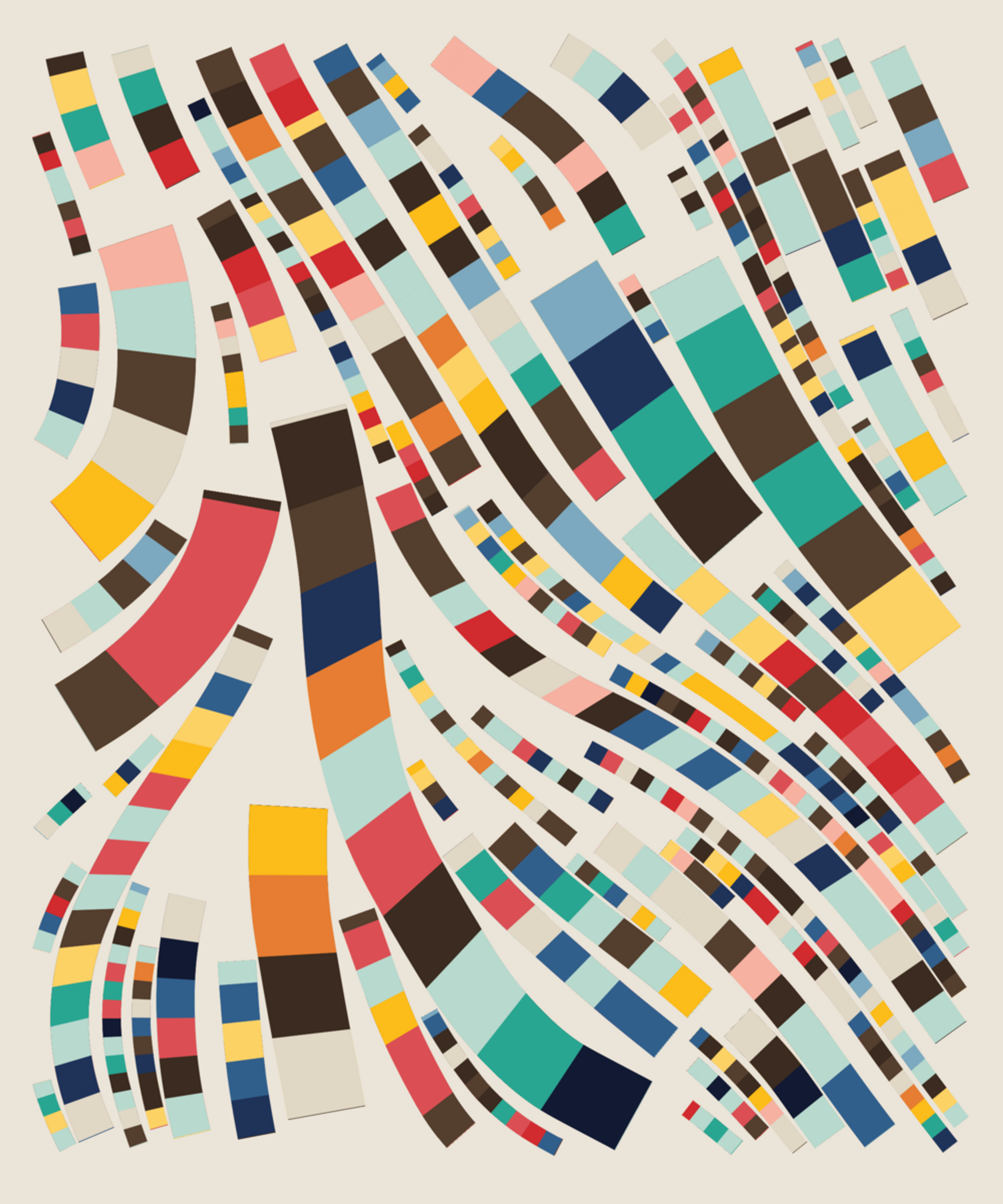
Fidenza #198
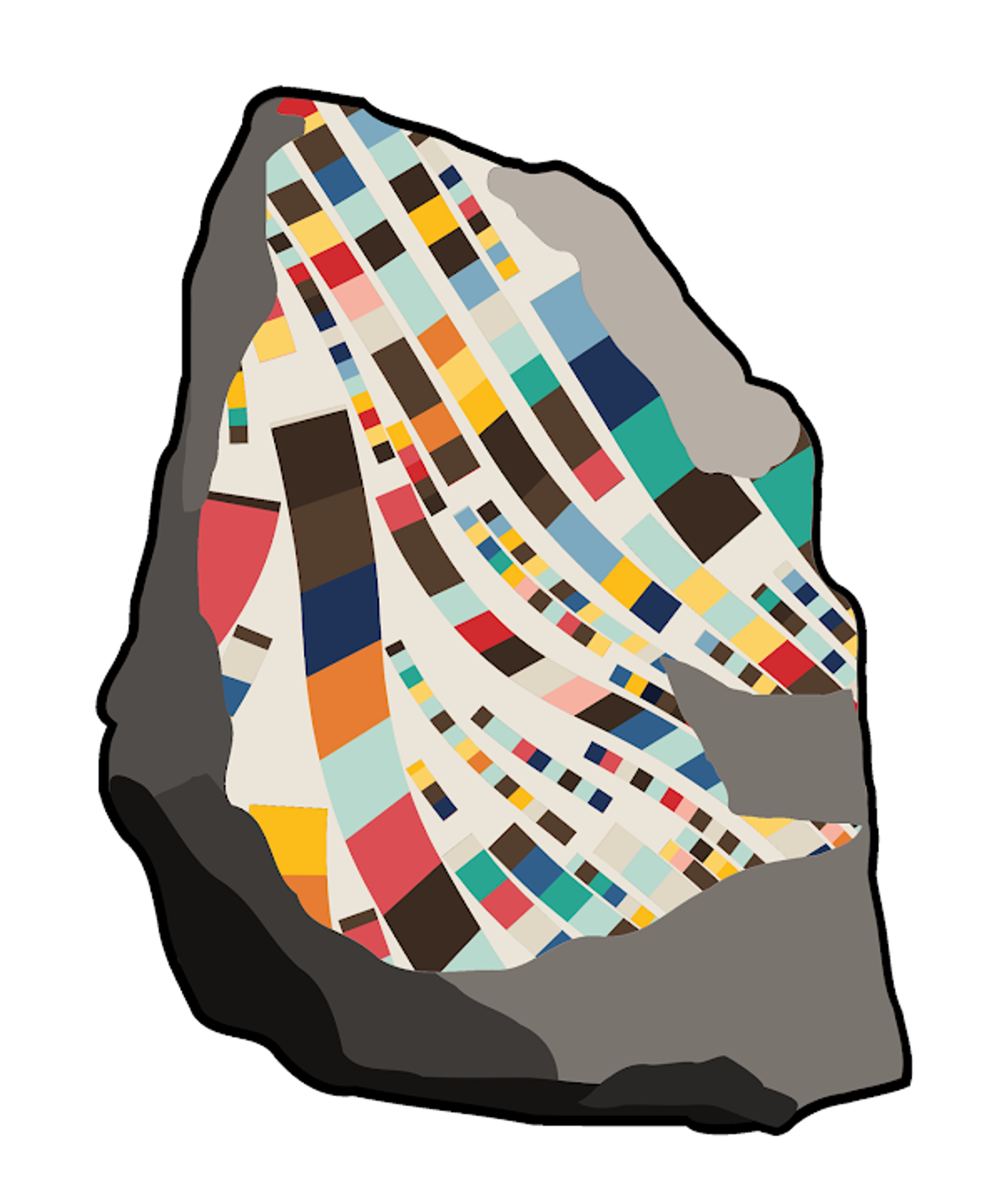
Fidenza Rock #198
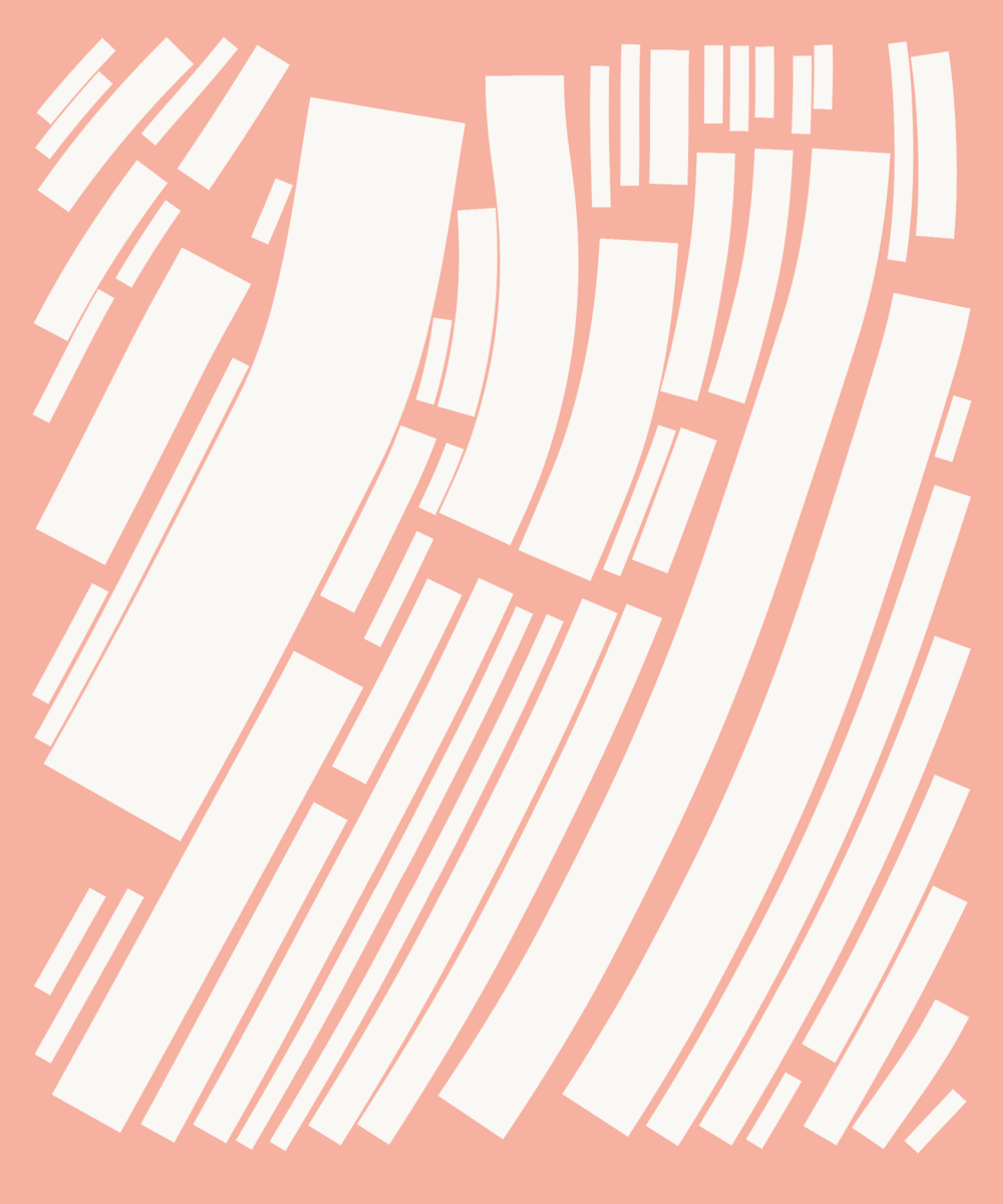
Fidenza #186
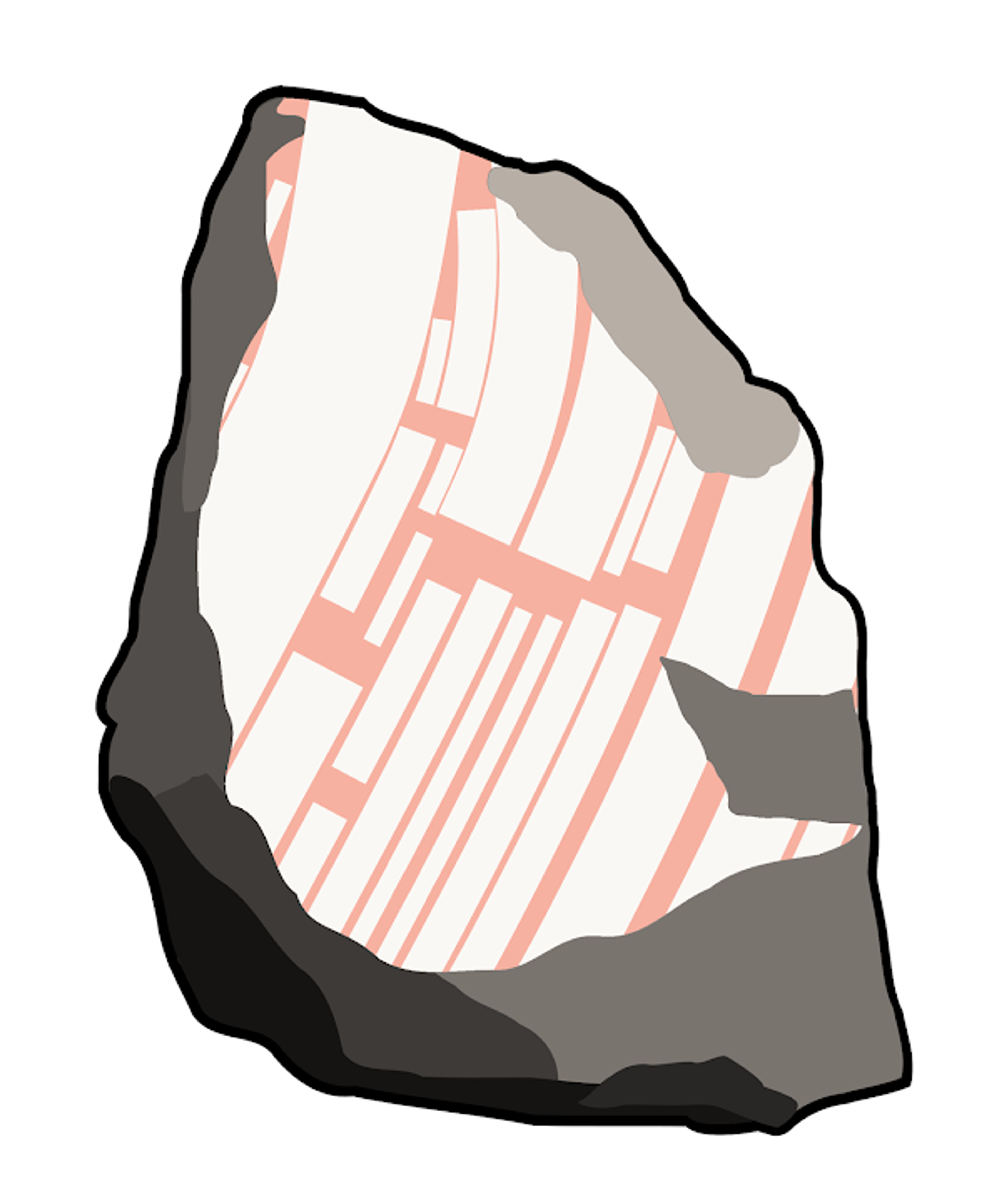
Fidenza Rock #186
Again, we see something that is not exactly like the original work. Two of the fair use questions seem particularly relevant when evaluating this. First, is this use transformative? Second, is the copyrighted work an important part or the "heart" of the work? Considering that the original Fidenza artwork is cut and pasted into the literal center of the work, it feels easy to say that this is not fair use. This is especially true considering this pattern is repeated for hundreds of "Fidenza Rocks".
Next, let's consider these:
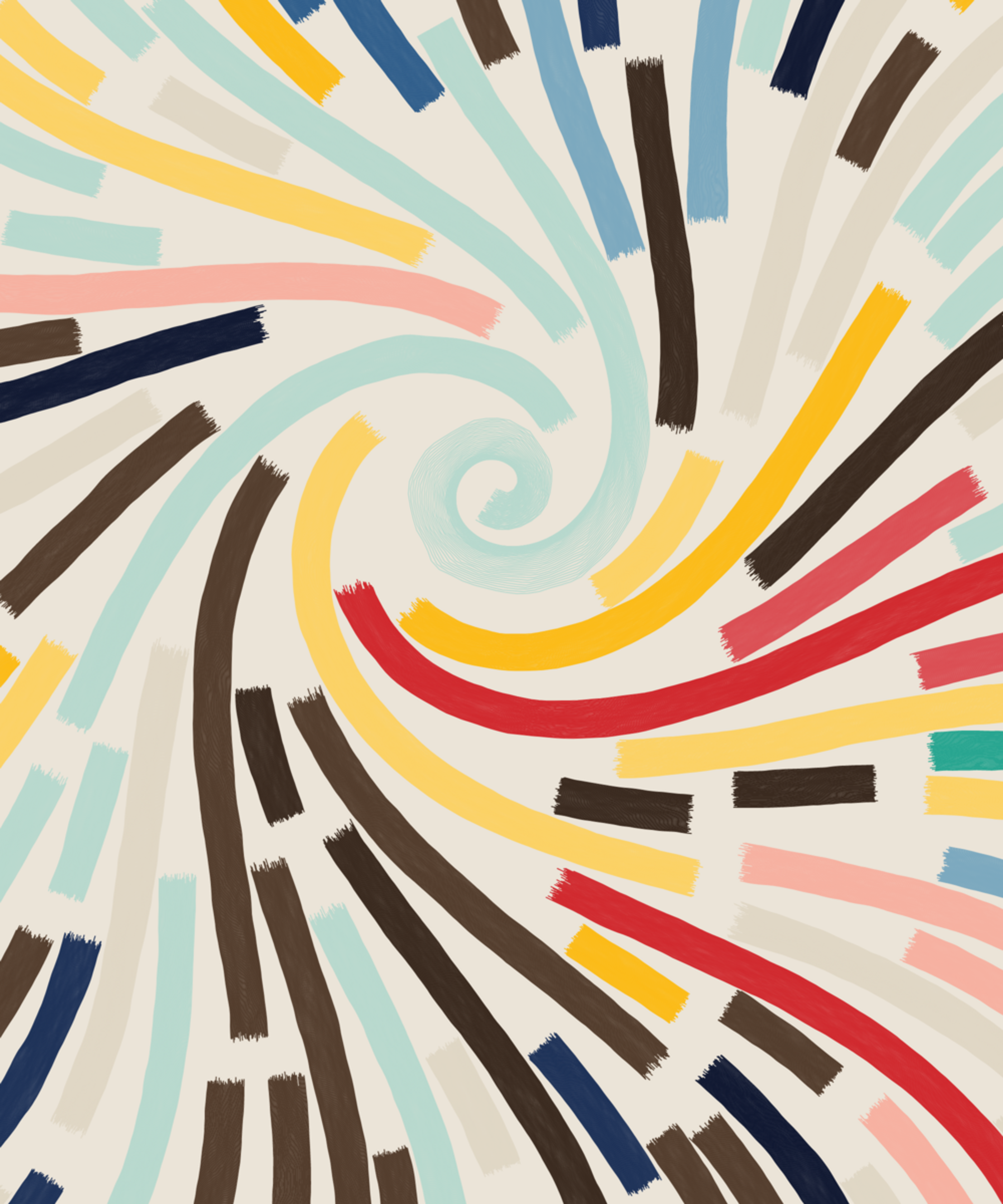
Fidenza #592
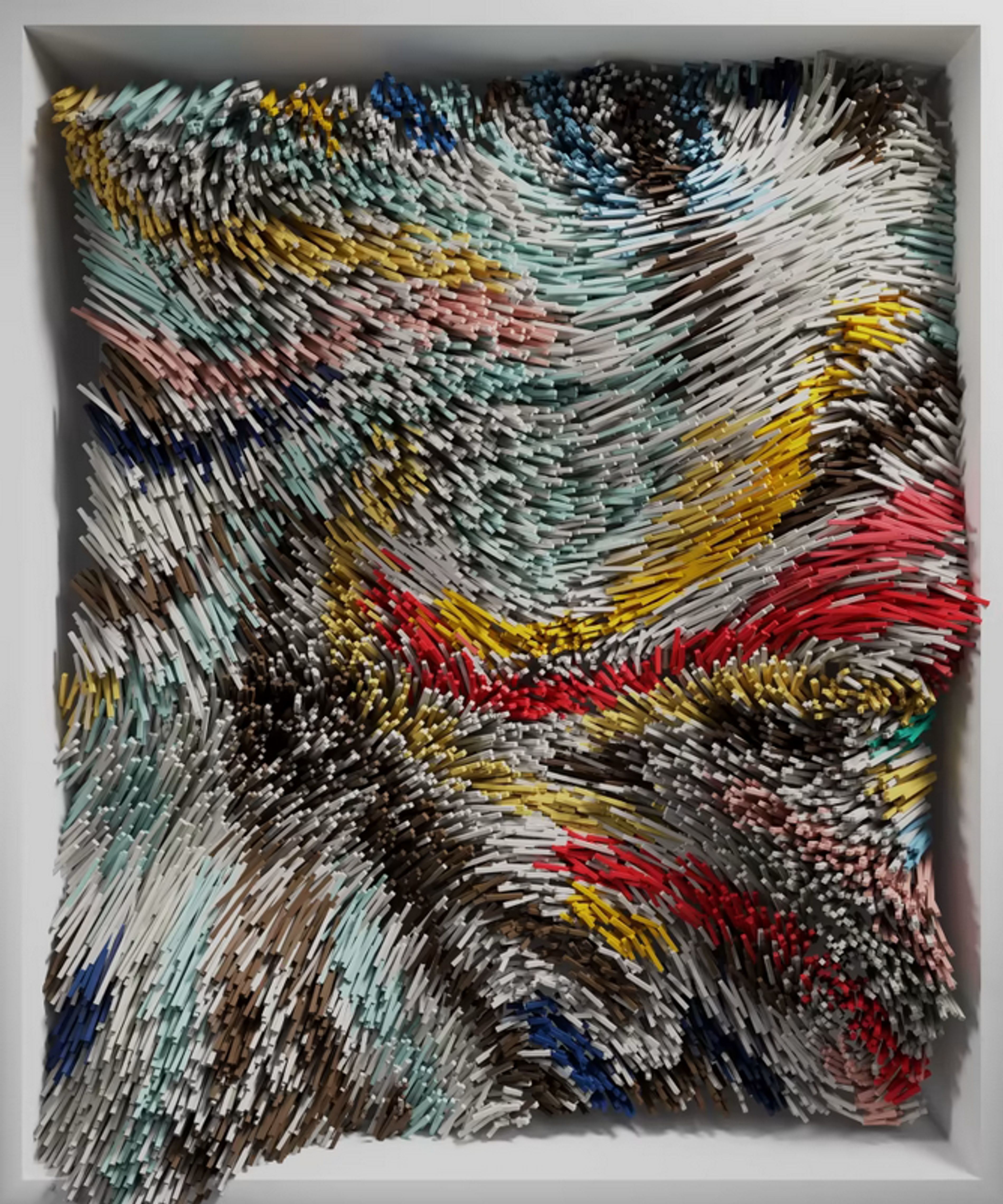
Denzadol #110
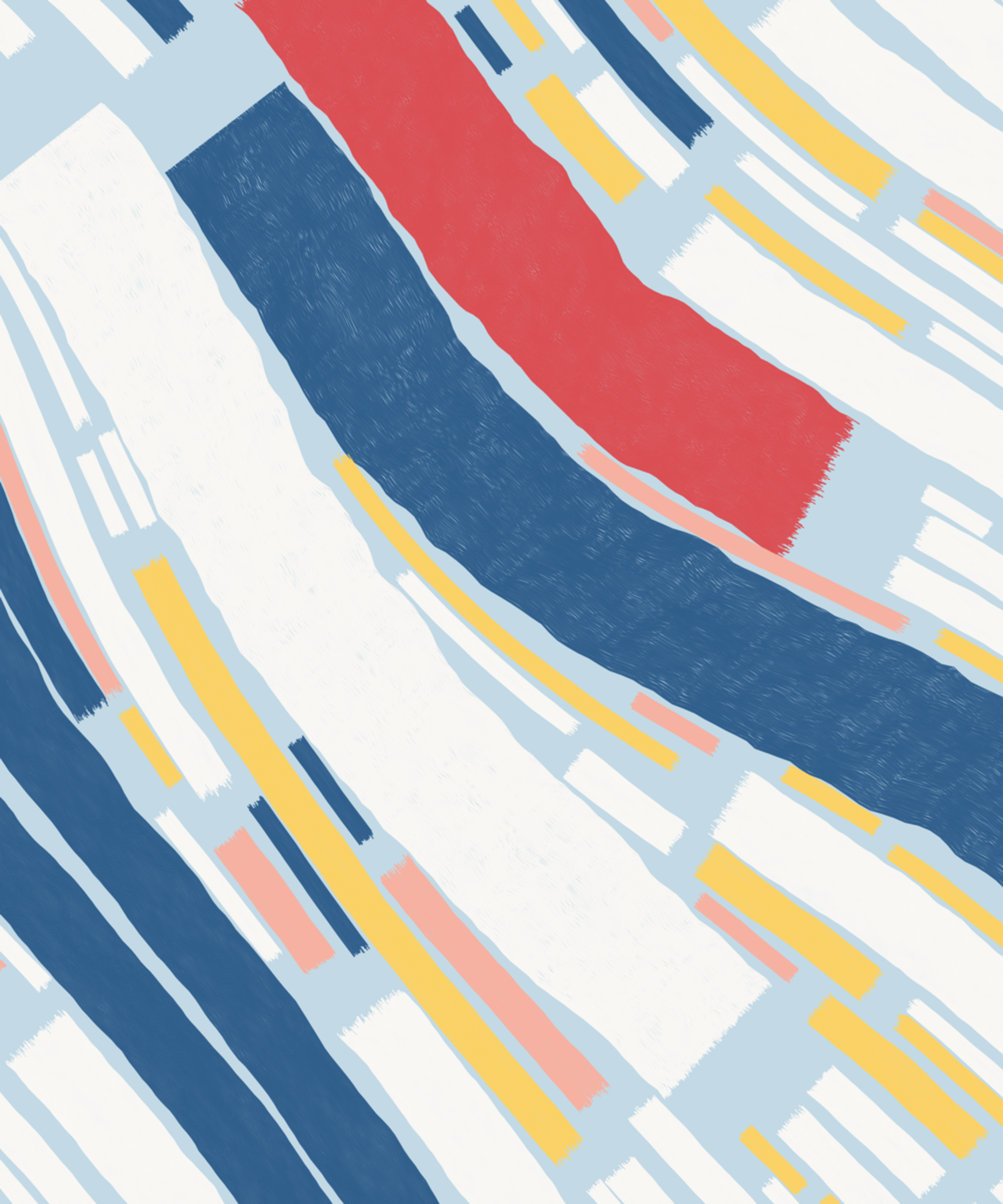
Fidenza #774
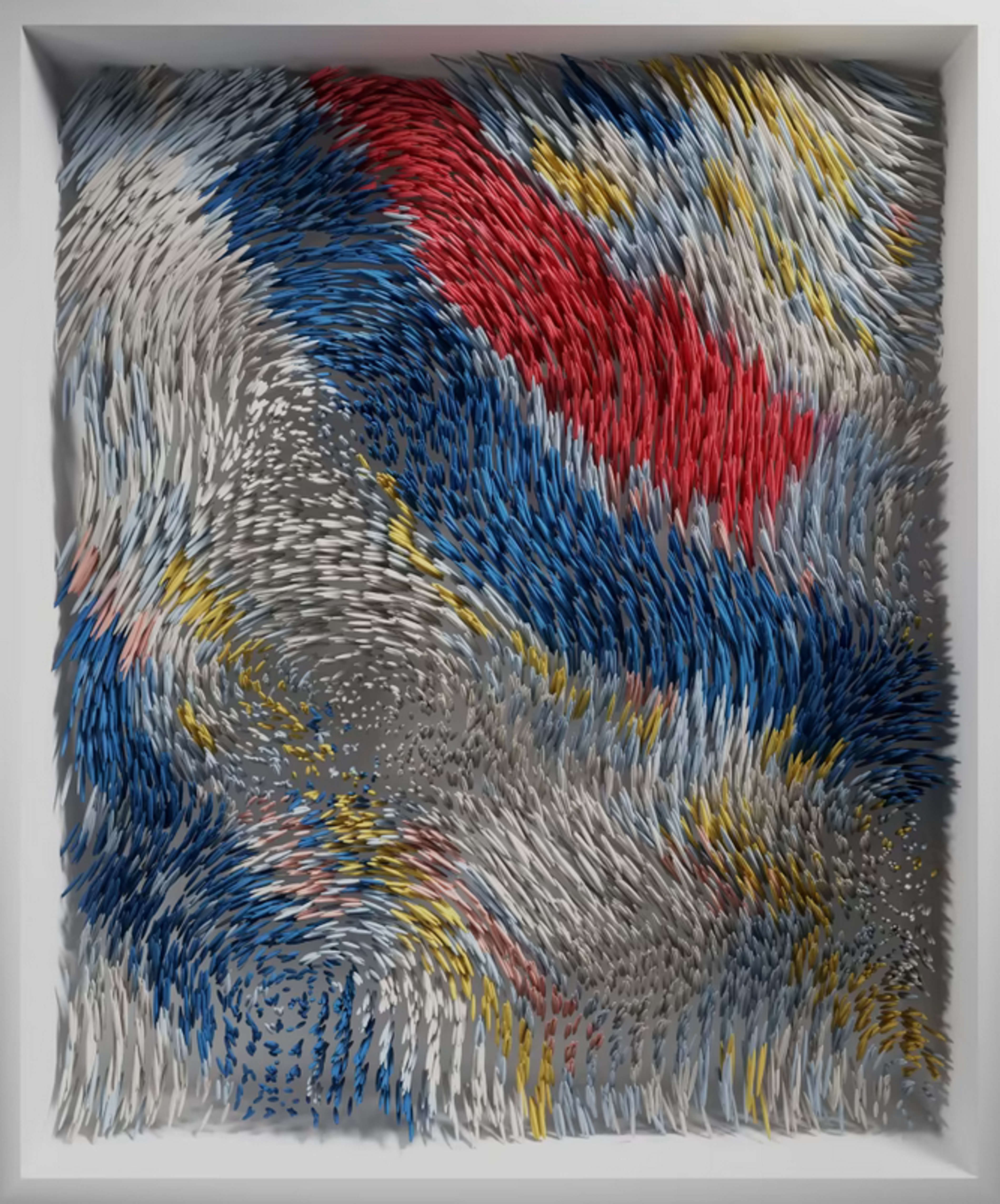
Denzadol #291
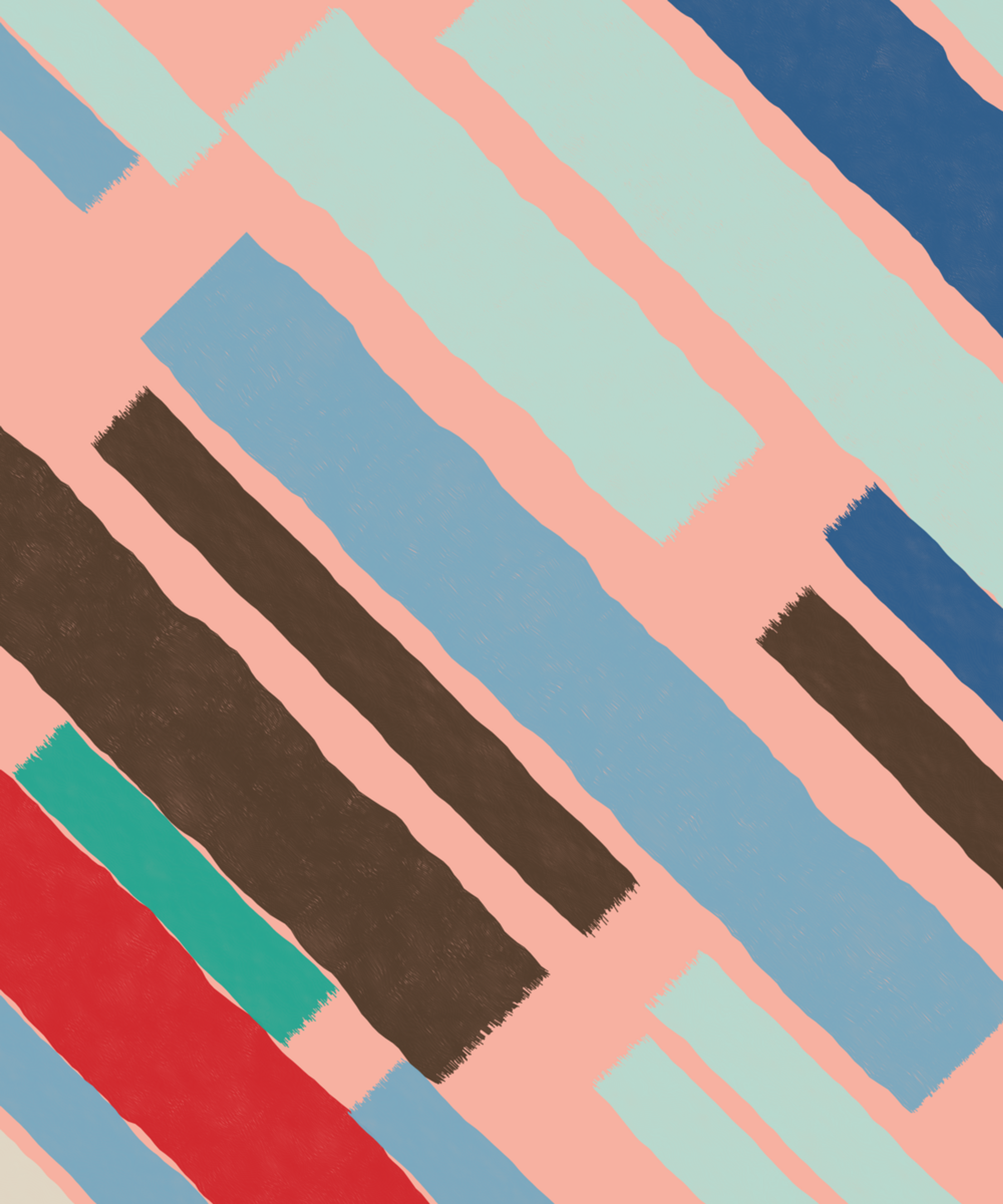
Fidenza #909
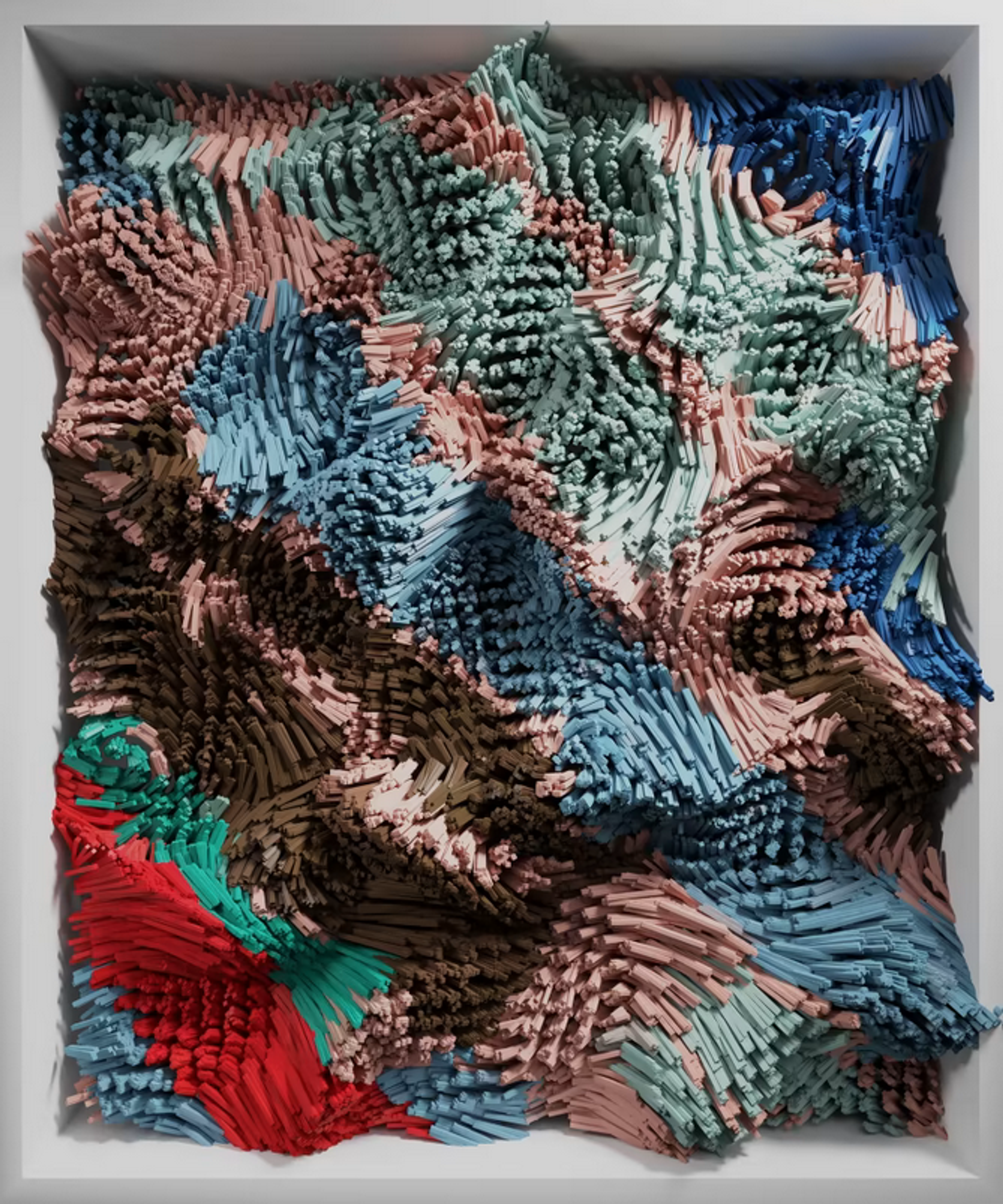
Denzadol #302
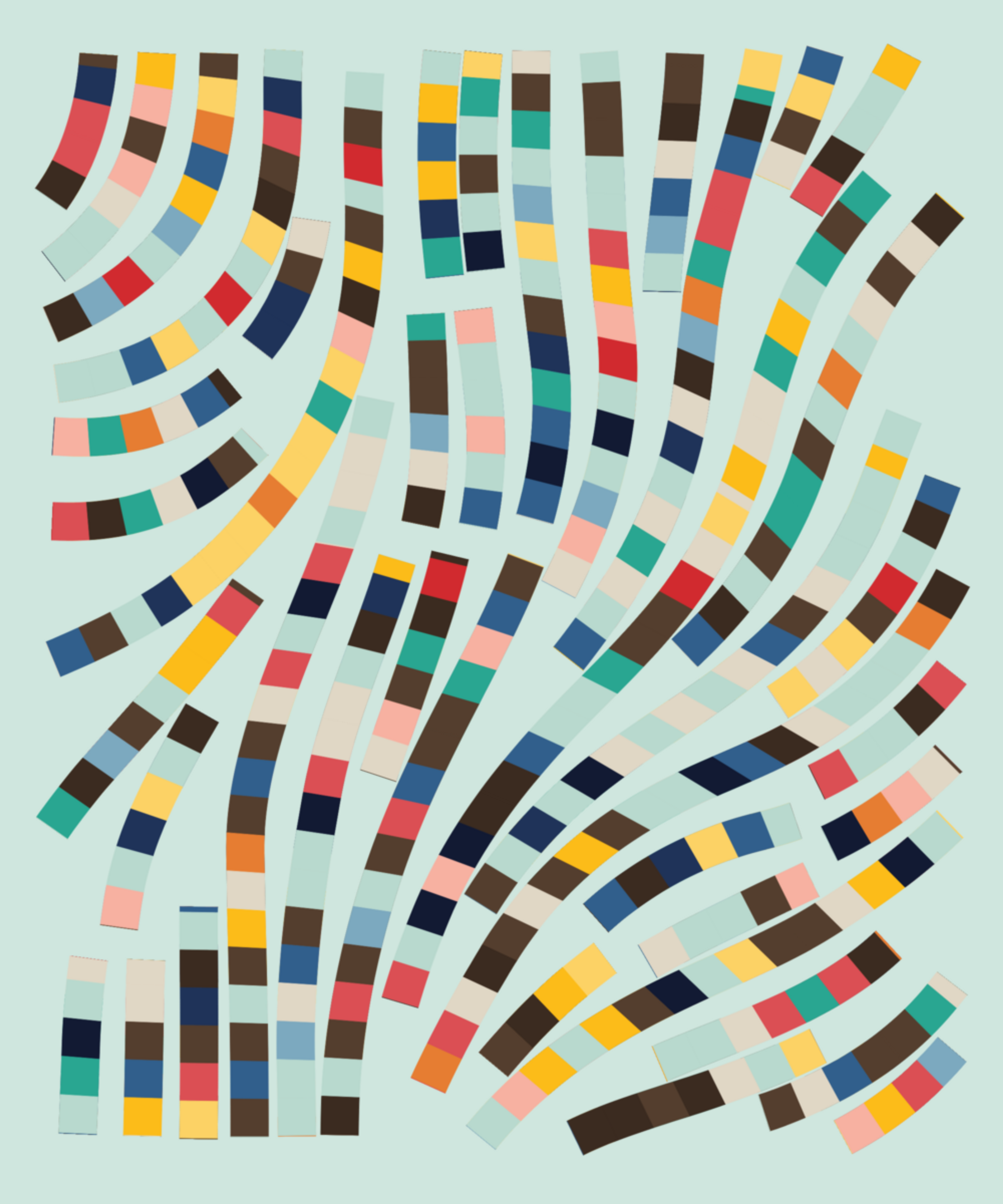
Fidenza #812
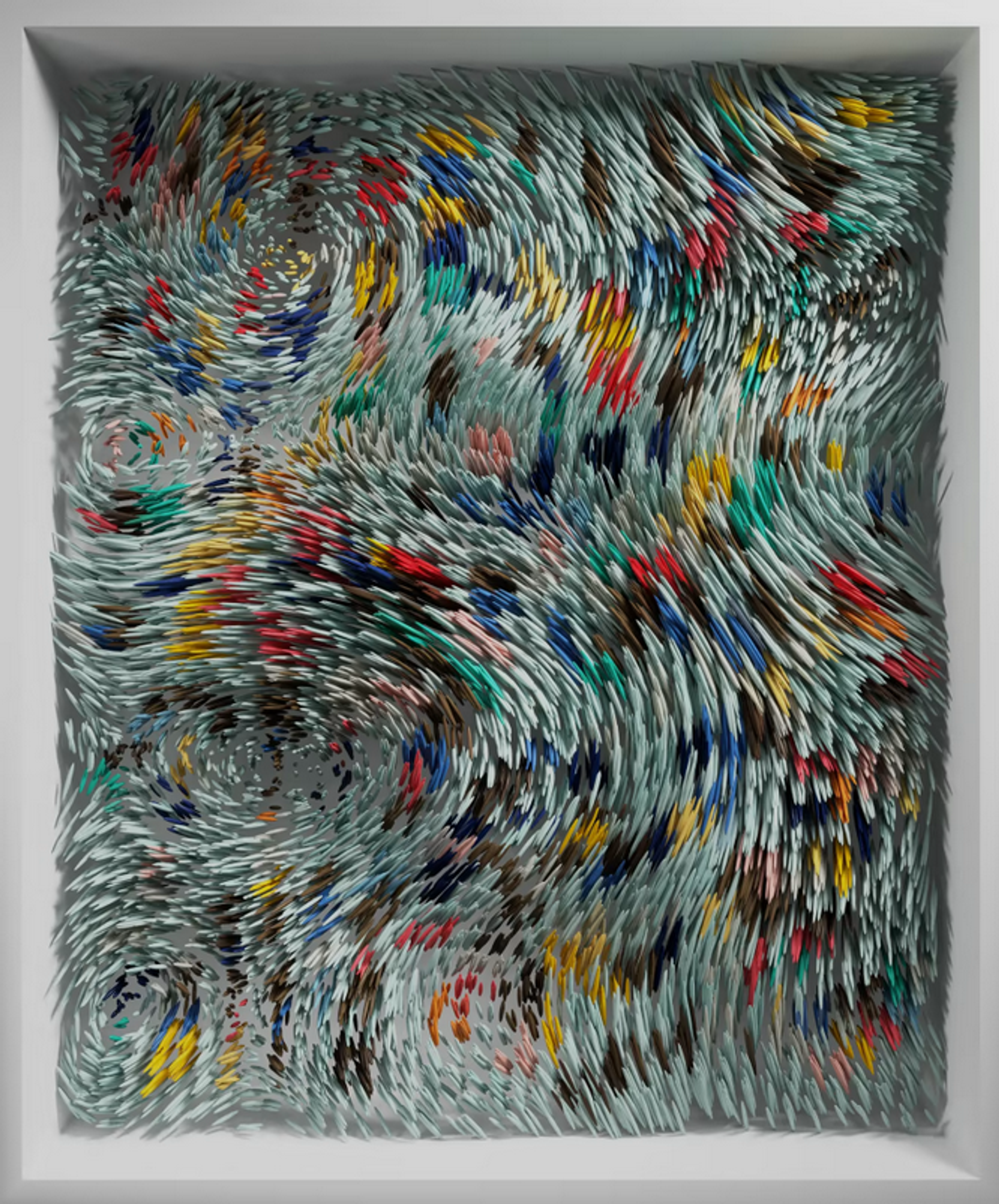
Denzadol #594
There is a little more nuance here. Is this use transformative? It is more transformative than the Fidenza Rocks above, that is true. And, I have to admit, the result looks good. But, it's fairly obvious what the source material was. Regarding the question about the "heart" of the work, it seems quite clear that the original Fidenzas are the heart of the new works. They play a central role in the appearance of the derived work. Additionally, all 999 Fidenzas were used in a similar way, so it’s fair to say that this usage “includes a large portion of the copyrighted work”. With a little consideration, this kind of commercial use doesn't seem like fair use either.
How about these “toadenzas” from the Cryptoadz collection?
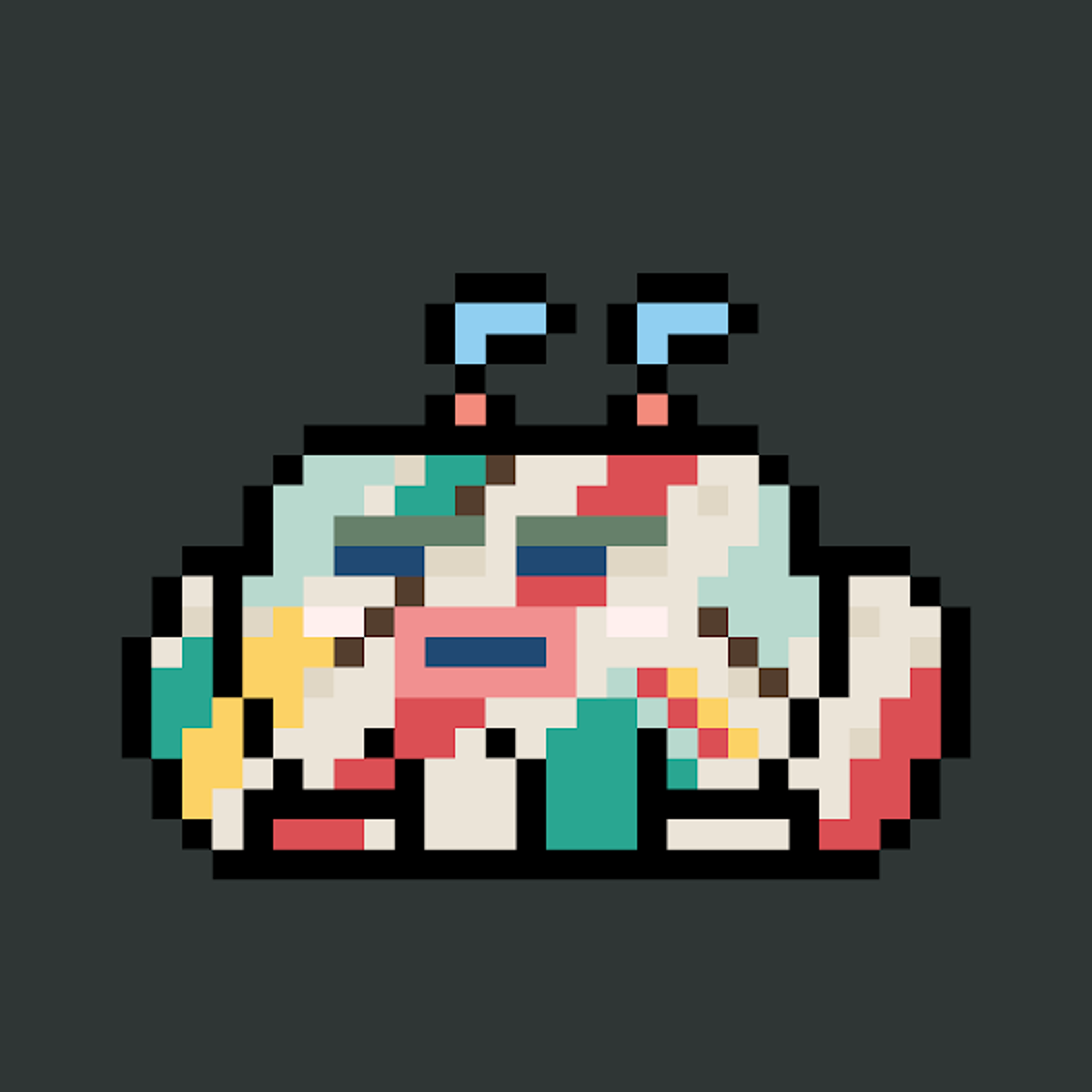
Cryptoadz #3731
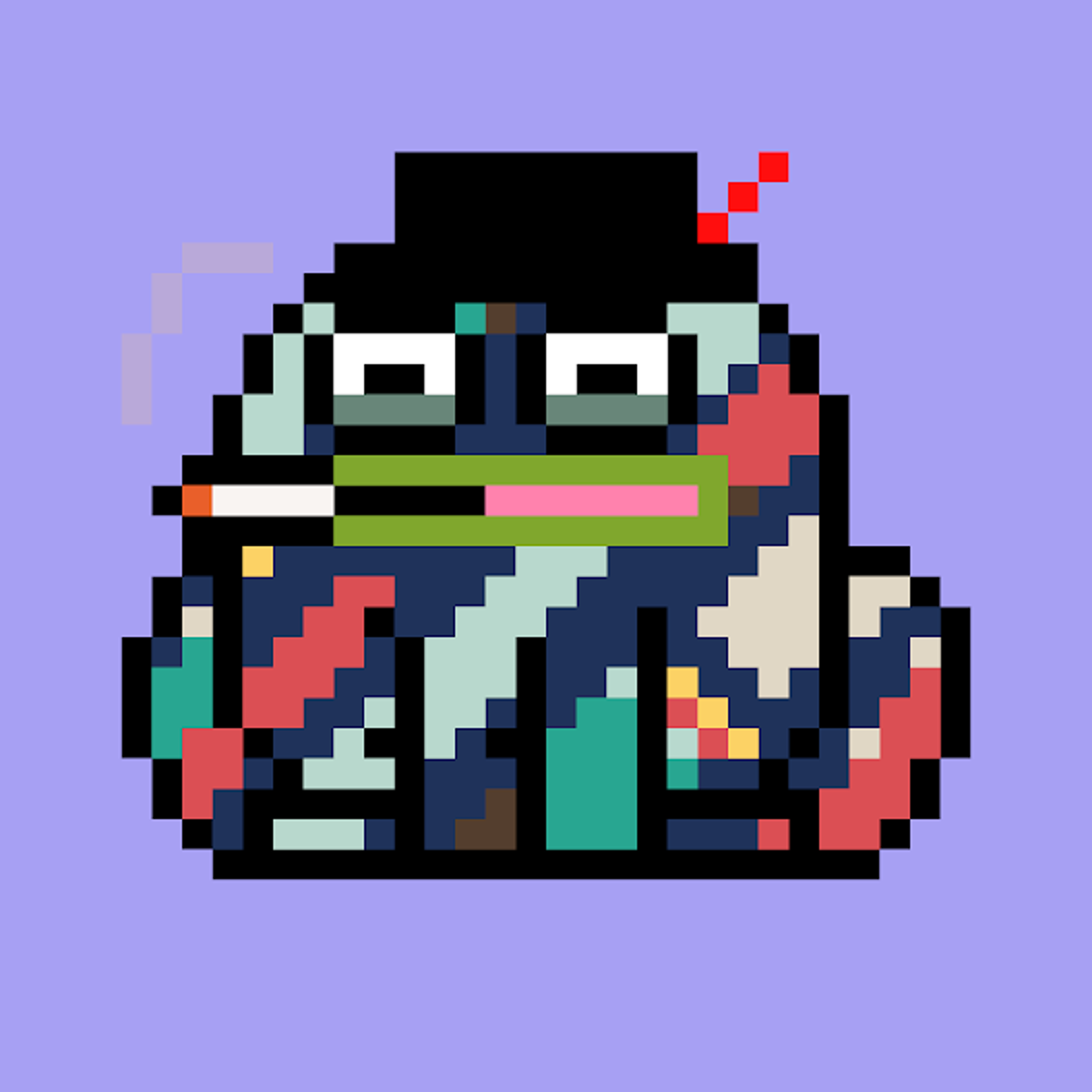
Cryptoadz #4326
Here, the transformation is significantly more substantial. The artist has taken the idea of the Fidenza design and reinterpreted it within another design universe. The results are perhaps recognizable as being inspired by Fidenza, but there is certainly no clear link between a particular work from the Fidenza series and these new works. Regarding being at the "heart" of the design, these two examples come from a set of 7,000 works, of which only a couple dozen use this Fidenza-inspired design. That makes it an outlier rather than the core of the work. With all of this considered, this is clearly fair use.
Here's another (humorous) example to consider:
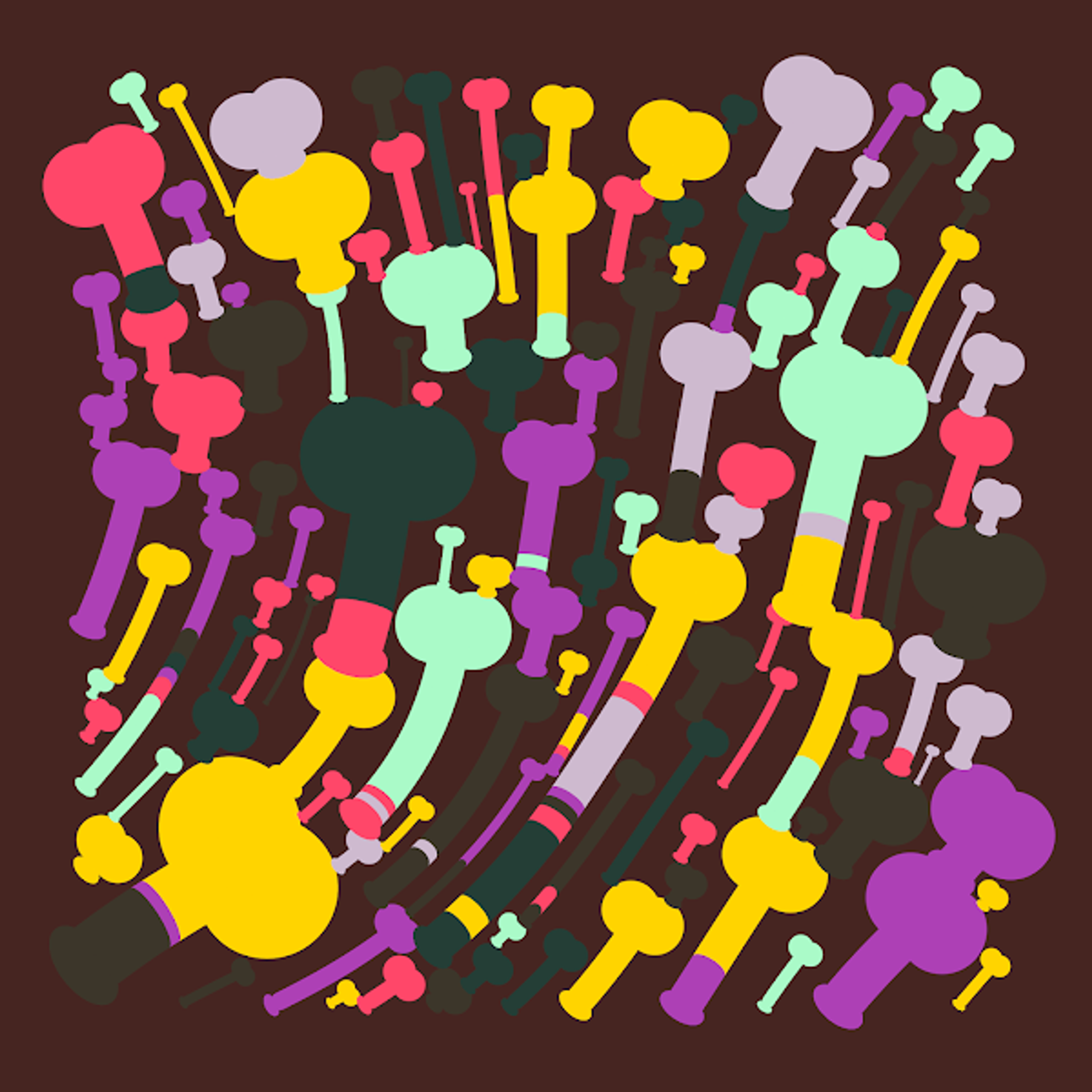
Dickenza #225
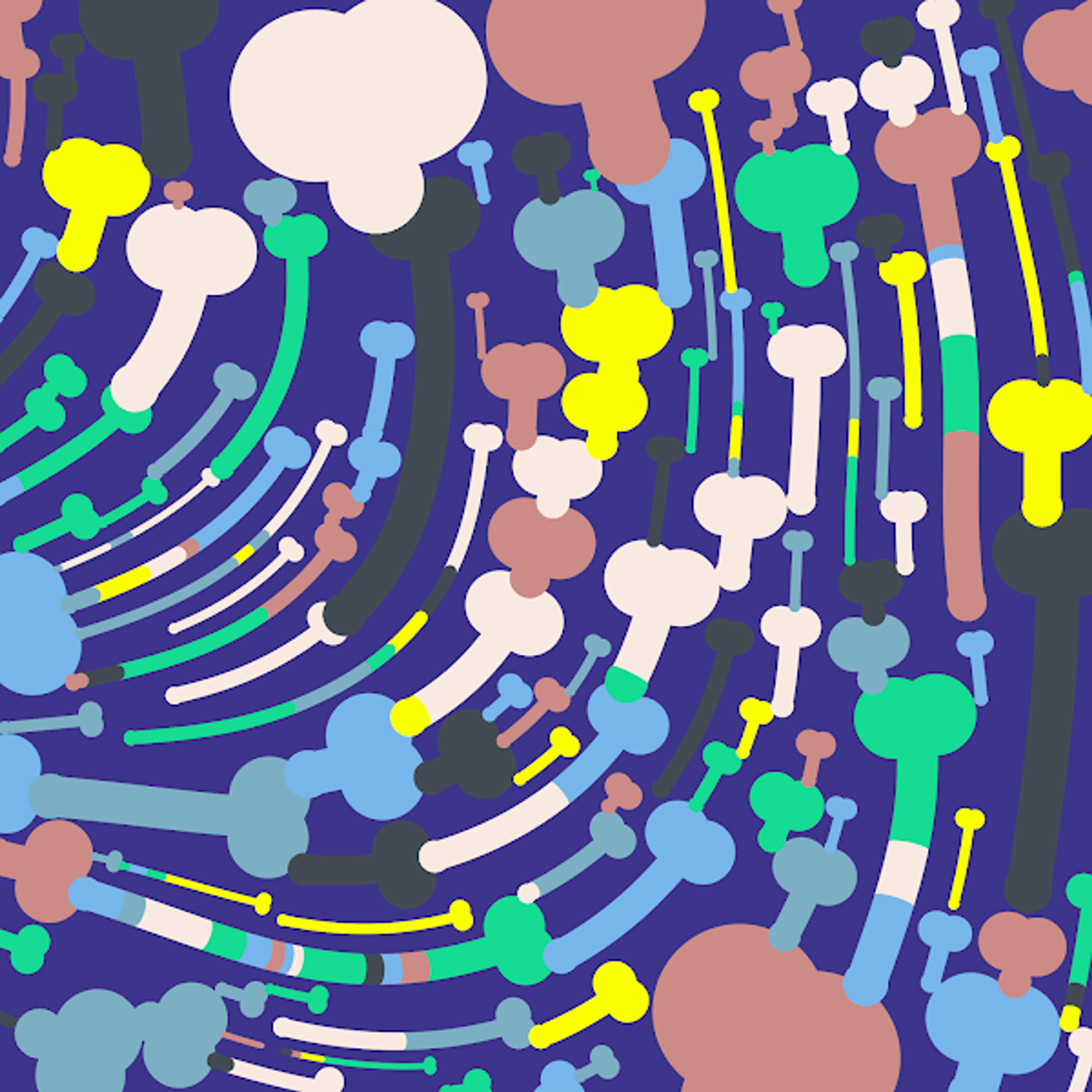
Dickenza #327
Again, the transformation is substantial. These clearly use some of the ideas behind Fidenza as a starting point, but the algorithm is unique, and the shapes and colors are different. This is safely in the category of fair use as well.
Commercial vs Non-Commercial Usage
One particularly important aspect of these considerations is commercial versus non-commercial usage. This is covered in point #1 of the fair use considerations quoted above, but to express my own personal take, I want to point out that I’m extremely unlikely to be bothered by non-commercial usage. Derivatives, fan art, remixes, and so on are totally fine to create and share in most circumstances. However, once you start to make a product using my artwork and try to sell it, I don’t think there’s as much room for fair use. If you’re going to sell something, I expect you to make original work.
Advice for Creators
If you’re ever unsure of whether something you’ve created is fair use, you can check with the artist and they’re likely to give you feedback. I’ve had multiple creators reach out to me in this way, and in some cases we’ve been able to work out an agreeable compromise.
In other cases, I’ve given the creators my honest advice: rather than focusing on creating a highly derivative work, spend that energy discovering your own path as an artist. In the long run, you’re going to experience more satisfaction (and probably greater success) if you create something original.
Permissive Licenses (e.g. CC0)
A growing percentage of works, particularly NFTs, are being assigned a permissive license like CC0 by their creators. This essentially means that anybody is free to do anything with the works. I think this is wonderful. Some projects can serve as excellent building blocks, and CC0 is the perfect way to enable that. I may use CC0 myself for future projects.
However, I think it is hugely important for the artist to retain the right to choose the license for their work. Not every project is a good fit for permissive licensing. Not every artist wants to deal with the possibility of Nestle putting their work on the label of a water bottle. The artist should be free to disallow that, and licensing terms are currently the best tool they have to accomplish that.
Trademarks
So far I’ve discussed copyright. Trademarks are a separate but related concept. Here’s how the USPTO summarizes trademarks:
A trademark can be any word, phrase, symbol, design, or a combination of these things that identifies your goods or services. It’s how customers recognize you in the marketplace and distinguish you from your competitors.
As they go on to say, a trademark “helps you guard against counterfeiting and fraud,” among other things. This is particularly relevant with regards to Fidenza. Within the first months of Fidenza being released, dozens and dozens of scam and counterfeit projects appeared, sporting the name “Fidenza” in some way. Almost without exception, these were obviously intended to dupe collectors into purchasing something they thought was related to the actual project. Unfortunately, not every collector is savvy enough to know how to properly use the blockchain and other tools to verify the authenticity of an NFT, or verify the link to the original creator. In some cases those types of tools aren’t even particularly applicable, for example if the offending collection is on a different blockchain. So, trademarks are one important way for me to protect my body of artwork, and to avoid unrelated projects being falsely associated with it.
It’s worth pointing out a detail about trademarks:
A common misconception is that having a trademark means you legally own a particular word or phrase and can prevent others from using it. However, you don’t have rights to the word or phrase in general, only to how that word or phrase is used with your specific goods or services.
So, for example, a trademark on Fidenza might be applicable within the realm of digital art goods (my “specific goods”), but not outside of that.
There’s another aspect of trademarks worth noting (quoted from Justia):
…a failure to enforce a trademark by monitoring the mark for misuses will result in a weakening of the mark and loss of distinctiveness, which can lead to a loss of the trademark.
This means that if I want to protect a trademark on Fidenza in the realm of digital art, for example, that I need to actively enforce it. Quite frankly, this is one of my least favorite aspects of trademarks. In order to use trademarks to protect against scams, cons, and counterfeits, I need to actively enforce the trademark more broadly.
Concluding Thoughts
To quickly summarize the points made above:
- Copyright and trademark are the two main tools that artists have to protect their work against unauthorized use, fraud, and counterfeits.
- Fair use considers whether there was substantial transformation, how much of the original work was used, and whether the use was commercial.
- Although NFTs nicely solve some problems, many problems remain that can only be addressed by copyright and trademarks.
To be honest, these topics aren’t something I enjoy writing about - I would much rather focus on making art. However, I think it’s important to speak about them at a time when there is ongoing conversation about their validity. For now, they continue to be crucial tools for artists to protect their work and livelihood. I do not want small, independent artists to feel cultural pressure against their use. Instead, I would prefer for creators and collectors to consider the line that constitutes fair use, and to not create or support projects that ignore that. The rise of NFTs has done so much to empower artists, and in particular digital artists. It would be a shame to simultaneously strip those artists of control over the use of their own work.